A beautiful flower anemone in the people is called the anemone, perhaps because its thin gentle petals are trembling even from a minor blow of the wind. Blooming anemone in the first weeks of spring, releasing bright beautiful buds. This culture has many varieties, in this article we will talk about the cultivation of Anemone de Kaen.
Brief description of the plant
Anemones belong to the long-term plants of the Lutikov family, it is possible to meet this culture almost anywhere: in countries with a warm and temperate climate, as well as in the cool northern regions. Anemones prefer open areas, so most often choose the mountains, steppes and plains.
Different subspecies of culture differ along the length of the stem. The lowest varieties reach a height of 20 cm, the length of the stem of tall varieties may exceed 1 m. According to the appearance of the aenemon, the poppy resembles the poppy, in connection with which these plants are often confused. Meanwhile, the anemone is distinguished by smooth shoots and dissected leaves, and the color palette of its buds is much wider than that of poppies.
Annemon de Kaen.
De Kaen variety belongs to one of the types of anemone crown. The beginning of his flowering falls at the beginning of the summer, and at the height of the season he dumps the foliage. In the fall, this plant launches new shoots and begins to bloom again, pleaseing all with its beauty.
Flowers at Anemone de Kaen are simple, single, but the variety of their shades is very wide. You can meet the bouts of yellow, blue, red, white gamut. The bush of this plant variety is quite lush, has many branches, it is distinguished by a strong and well-developed root system. Such a culture refers to average species and reaches a height of 50-60 cm.
Landing anemone de kaen
We select place in the garden
From the correctly selected place for the flower beds directly depends on how well the plant is taken on the backdrop. As for the anemone de Kaen, she loves the open territory, quite spacious and slightly shaded. This gentle flower is albeit with a anemone, does not tolerate a strong draft, which should also be considered when choosing a landing site. The scorching rays of the sun also do not better affect this plant, so try to choose a place closed from winds and in small shadows.
Try to land the anemone de Kaen on a small elevation, choosing loose and light soil for it. Water in the ground should not be slaughtered, so before sticking the roots, make a good drainage layer.
Preparing the soil
The land for landing anemone should be porous, lightweight, water and breathable. The composition of the soil has an important meaning. Most cultural varieties, including the sort of de kaen, are poorly growing on sour soils. If the soil acidity is highly high in your garden, it should be reduced by alkaline substances: lime, wood ash, dolomite flour, gypsum, etc.
Heavy soils can be made lighter and loose, adding sand, small stones, broken brick. With the help of the same funds in the pit for landing, the drainage layer is made.
Landing anemone seeds
The common method of reproduction of the anemone is planting seeds. This process is accepted from the preparation of the planting material. It is worth noting that the seeds of this culture have a low germination, as a rule, from all grains, no more than ¼ of part germinates. But if you hold stratification, you can increase the chances of germination. Stratification implies the impact of a cold for the planting material for 1-2 months.
IMPORTANT: For landing anemone, try to use only freshly collected seeds, then the probability of successful germination will be higher.
The seed stratification can be described as a sequence of stages:
- Seeds cooked for landing, mix with sand either peat. Sand is better to take coarse-grained. On 1 part of the grains, there should be 3 parts of the peat or sand.
- Push the mixture into a wide container, moisturize. Spray seeds daily by water, supporting the desired level of humidity.
- When the grains are swollen, plunge into them a small amount of land, mix, again pour and put it in the cold. The temperature there must be maintained at 5 ºC, the room should also be well ventilated.
- Watch when sprouts will be processed. As soon as it happens, transfer the container to the street and insert into the ground either in the snow. Cover the sawdust or straw layer on top.
- In the spring, the seeds can be transplant to other capacity and grow seedlings.
Seedlings are seated in March or in April, depending on the climatic conditions of the area. The main thing is that by that time the snow finally came down.
Landing anemone tubers
Anemone de Kaen can be multiplied not only by a seed, but also in a vegetative way, for example, tubers. Like seeds, they first need to prepare. For this, tubers are soaked in warm water and hold there for several hours, while they do not swell. In the meantime, prepare containers for landing, filling them with a mixture of peat and sand. The substrate is well moisturized.
The tubers awakened from sleep from sleeping into the containers to a depth of about 5 cm and put in a well-ventilated place. The soil moisture is constantly monitored and maintained at the desired level, regularly and moderately watering.
Some experts advise not to soak the tubers anemone, but wrapping them with marley either with a tissue with a rude solution with a solution of epine. In such a cocoon, tubers are folded into a plastic bag and leave there for about 6 hours. After such a procedure, the plant can be immediately planted in the soil.
Sprunted sprouts in individual containers are transferred to a permanent place on the site. For this, there are 15 cm at a distance of 30 cm at a distance of 30 cm on the flower bed. A mixture of ash and humus are made in the pits, tubers are immersed in it, they sprinkle them soil and slightly tamper. Then the saplings are watered.
Another vegetative way of reproduction of Anemone is the division of a bush, which is carried out early in spring. To carry out such a method, one bustice of the plant digs out of the ground and divide the root system for 2-3 parts. At the flowerbed in the garden, they prepare a landing space where the holes are digging, ash, sand and peat, mixed with soil. In these holes, segments of the roots are saturated, the ground is poured, and they will be moisturized.
CARE FOR ANSEMO DE Kaen
The landing rules of the Anemone de Kaen include the features of the care of this plant, which are as follows:
- Anemones are considered an unpretentious culture and with the right choice of landing sites require minimal care. Nevertheless, it is worth remembering that these flowers are poorly tolerated drought and need timely watering. The irrigation of the anemone should be regular and abundant, especially in very hot weather. Please note that the water stagnation in the soil also do not like, that is why it is customary to create a drainage layer before landing.
- Anemones are perfectly reacting to feeding fertilizers of mineral composition or organic substances. Fertilize flowers at least 1 time per month and a half. At the time when the culture releases buds, it should be picked up with special mixtures for flowering plants - they are sold in specialized stores. After landing anemone on the flowerbed, as well as in the summer, it is better to use a body as fertilizer, which will help culture blooming. In the fall and in winter, flowers must restore their strength, and for this, the mineral compositions are best. They will raise roots with nitrogen, potassium and phosphorus.
- Anemones can be calmly overwhelmed at the flowerbed, if they provide all the conditions for this. It is especially important to take care of the preservation of plants in those zones where the climate is rather harsh, and the winter is frosty. For the winter, the anemone is covered with a layer of sawdust, foliage or straw, leaving so spring. With the arrival of heat, the shelter is removed.
- Anemones are sufficiently stable in front of pests and diseases. Sometimes they may suffer from nematodes. This problem is quite rare, but requires a solution. Nematodes manifests itself in the form of rusty spots that appear on the foliage. If you have noticed something similar, affected by the foliage, and sometimes a whole plant, you need to remove and dispose. Earth under such a flower also need to be changed into unreleased.
- Sometimes anemone is subjected to attacks of snails and slugs. Get rid of pests that have already appeared, manually, simply gather them from the plants. The easiest way to carry out systematic prevention, spraying the planting with a solution of metaldehyde.
- Some prefer to dig an anemone in the fall and hide tubers for storage at the basement. For this, they are pre-dry, remove the above-ground part of the plant, fold into the box with sand or peat and put in a dark, cool and dry place.
Annemon de Caen, photo:

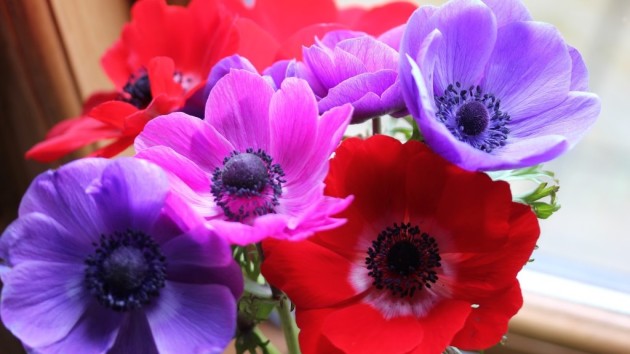
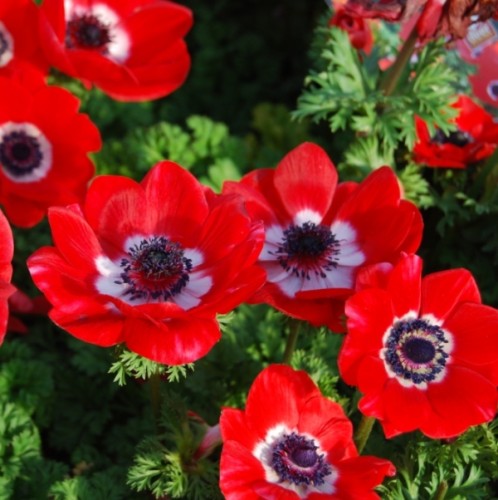
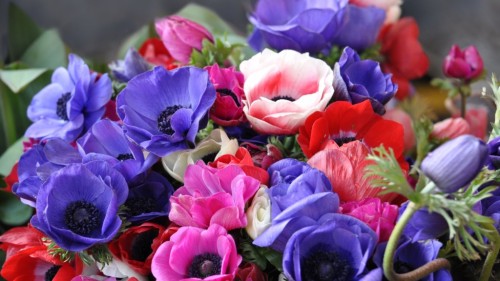
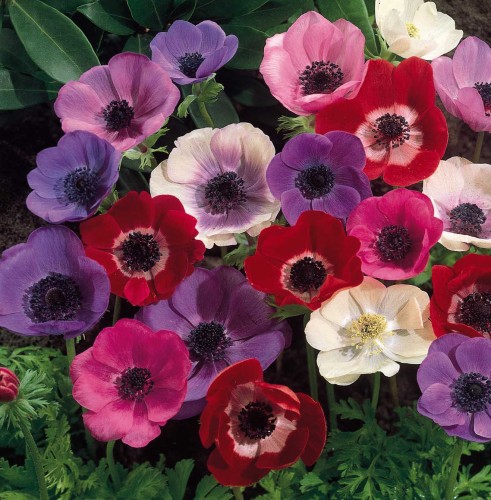
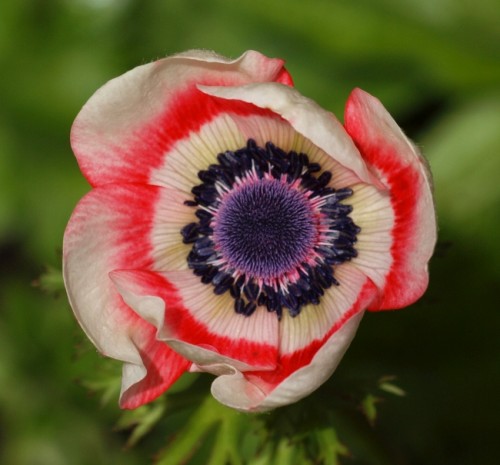
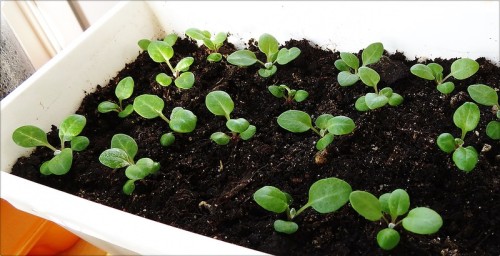
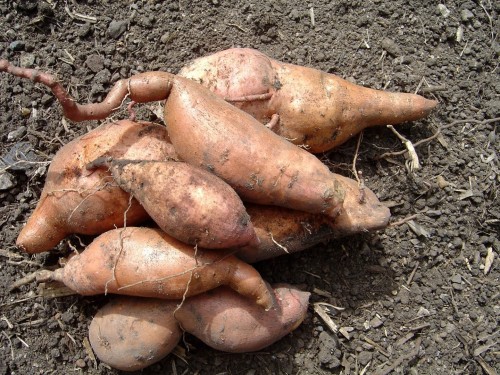

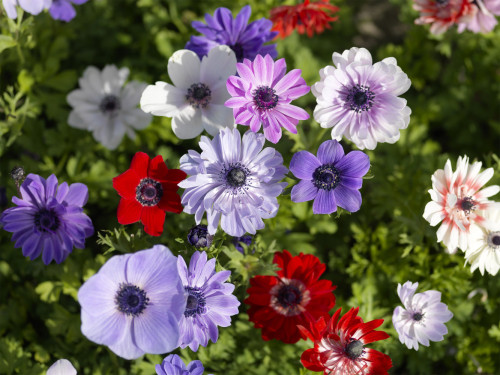













 Start a discussion ...
Start a discussion ...